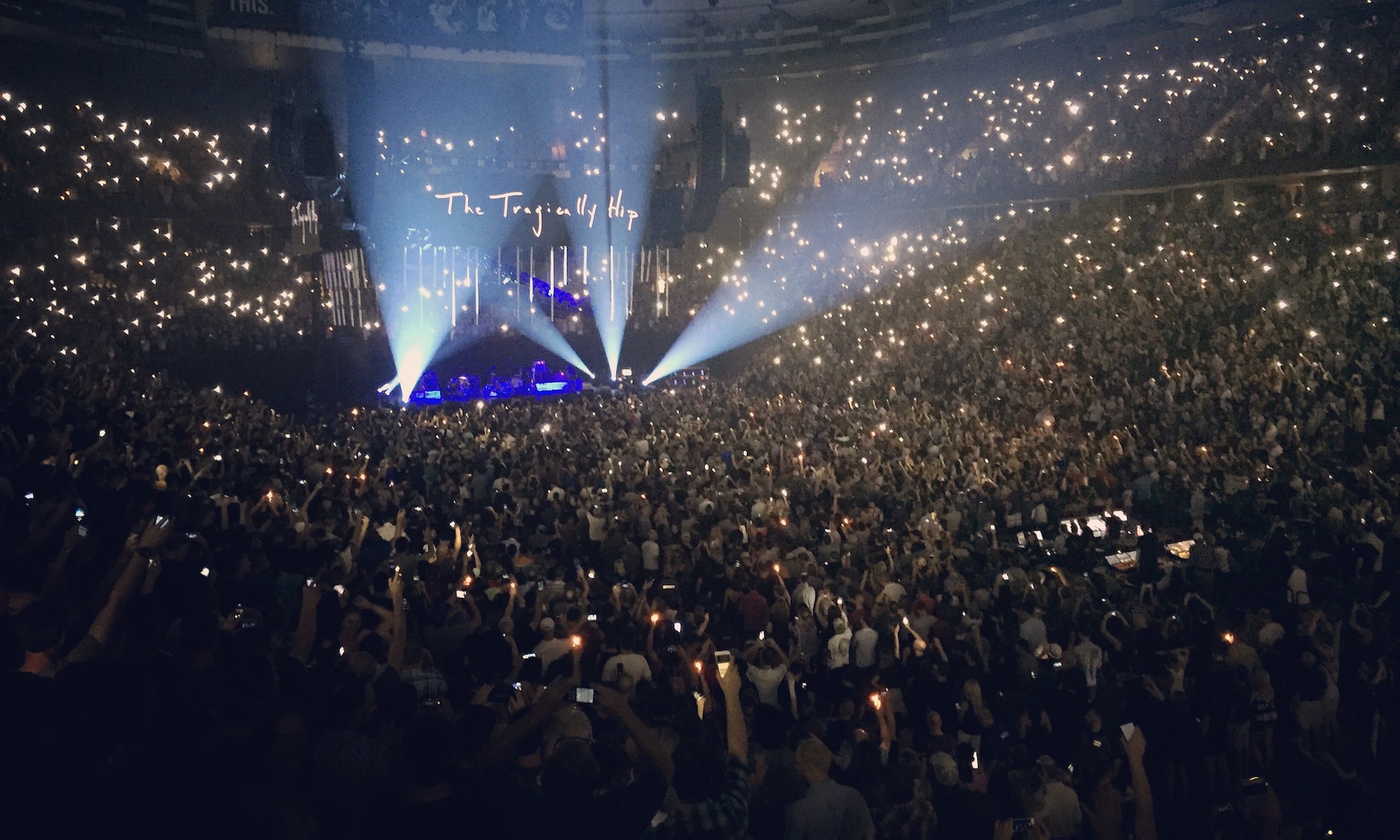I’ve been thinking about this lately, but what is the point of having a podcast when you don’t keep your episodes archived and available over the long term?
Podcasting, in its true form, is prerecorded media that is ready for download and playback, video or audio, at any given time. Unlike traditional, broadcast media, your audience doesn’t have to be there when it’s available or remember to set their recording apparatus, because the use of VCR’s is dwindling as we speak, just so they can be in the know.
When you podcast something, you publish it for the world. It’s shiny and new, ready for the devouring crowds to eat it up. Then it gets old when you publish the next one, but a month or so down the line, someone discovers it. They share it with a buddy, post a link to it on their blog or Facebook profile, or subscribe to your podcast just because they found something in your archives from a year ago. This person even goes through everything you have ever produced just to get caught up.
I’ve been doing this myself over the past month or so. I’m an admitted listener of the Daily Source Code, but I’m not a daily listener. It piles up on me, and I’ll go back to hear the conversations just because I find personal enjoyment from the conversations on that podcast.
I even do this to everything DaveO produces, get caught up on CNet News Podcasts because even though it’s from three weeks ago, I still like to hear the tech news that I might have missed while riding the bus. Remember when Microsoft wanted to buy Yahoo? It was fun to listen back on how that one played out, and that’s just a sample of short term history.
Even though the Vancouver Giants missed their chance at a repeat for the Memorial Cup this year, you might find enjoyment to hear the audio adventure that DaveO took when they had a public celebration for the team at Vancouver City Hall. A very good piece of historical evidence for you right there.
If anything, it’s something that you made and long term proof for anyone to stumble upon. The longer it’s there, the better chance it gets to soak in the Google juice and be discovered. However, if you are going to take the media away, do your best to remove all traces. Nothing more disgruntling than clicking on a link to an MP3 and it being not found.


